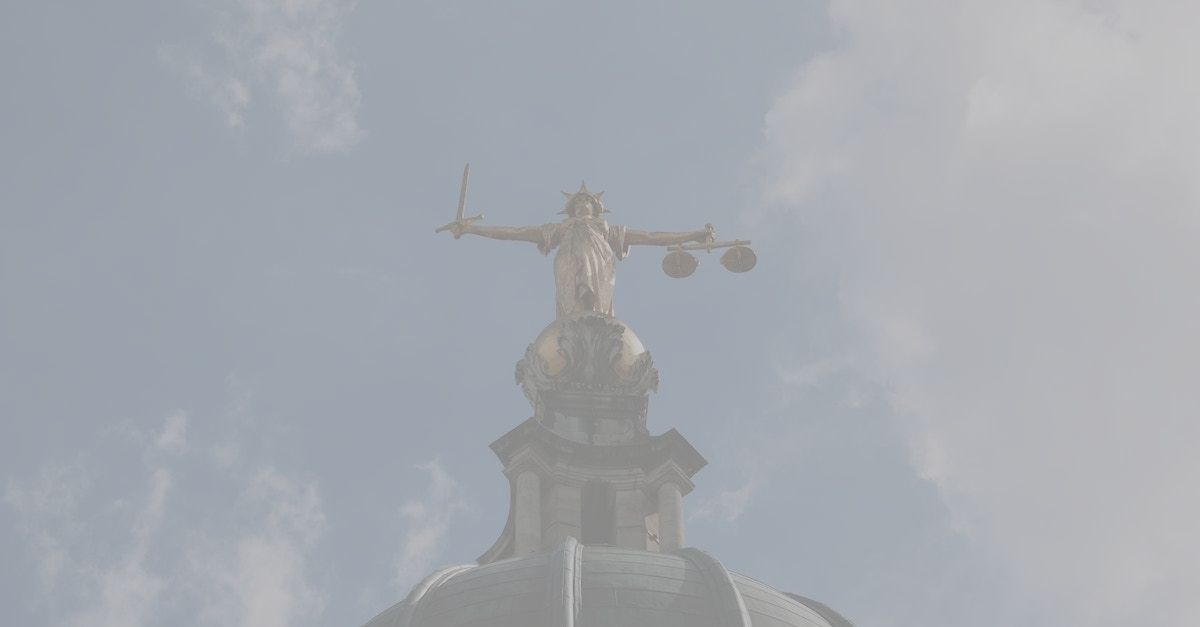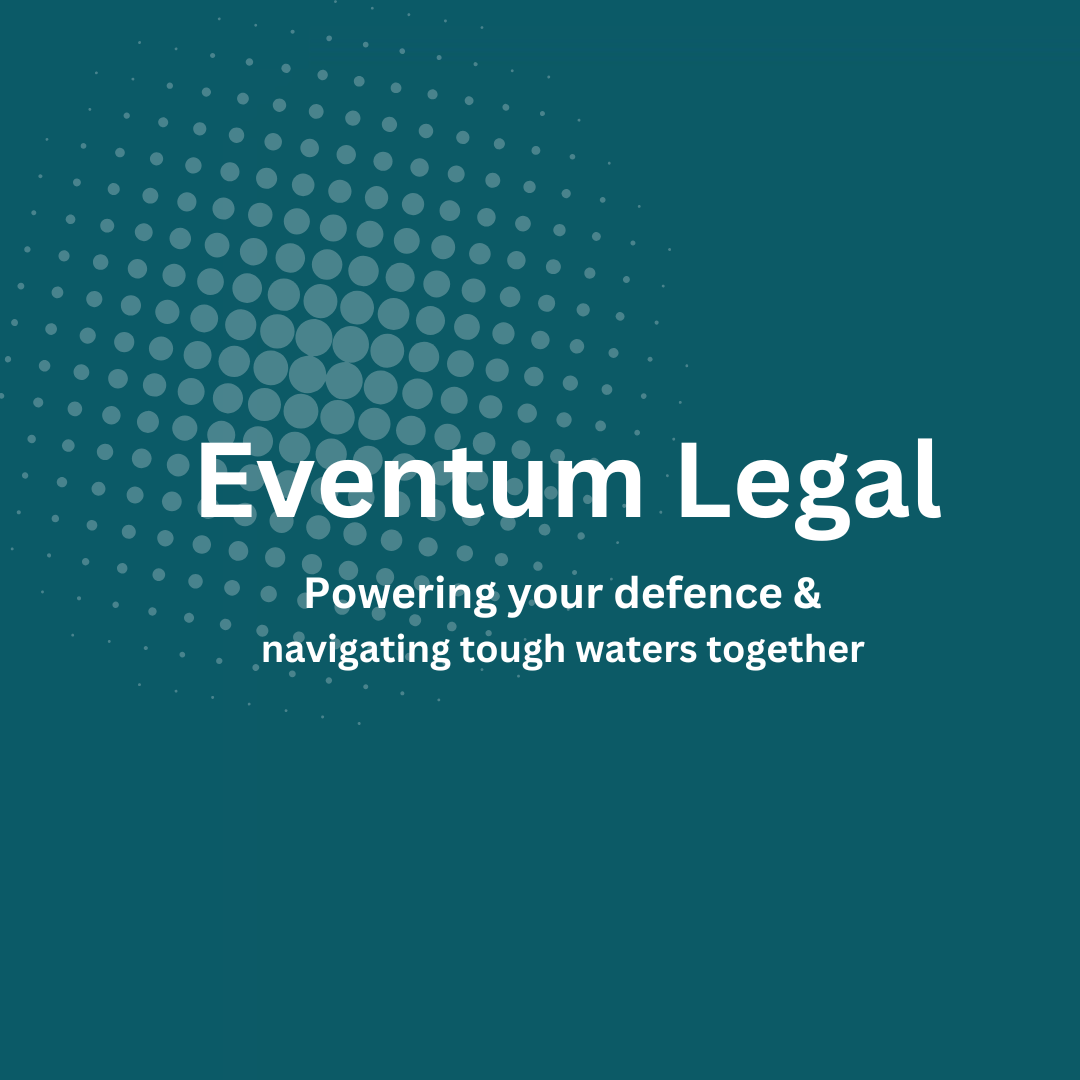Huw Edwards Charged with Making Indecent Images - What Will Happen Next?
Huw Edwards Charged - What Will Happen Next?

Huw Edwards has been charged with
making indecent images of children,
an offence that carries a maximum of ten years imprisonment but what is likely to happen next? According to the media who make reference to his charge sheet, Mr Edwards is accused of having six category A images, 12 category B and 19 category C on what we presume is his WhatsApp account. He will appear before Westminster Magistrates Court on Wednesday to answer to the charges.
This blog explains what an indecent image is, the categories of images and what the legal process is following charges being authorised by the Crown Prosecution Service.
Making Indecent Images of Children - What does this mean?
The offence of making indecent images of children
is an offence contrary to section 1(1)(a) of the Protection of Children Act 1978.
Making an image means that the suspect has been downloading indecent images from a source, usually an online platform such as KIK Messenger, Instagram, Reddit, the Dark Web and WhatsApp.
“To make” has been widely interpreted by the courts and can include the following:
- opening an attachment to an email containing an image: R v Smith; R v Jayson [2003] 1 Cr. App. R. 13
- downloading an image from a website onto a computer screen: R v Smith; R v Jayson [2003] 1 Cr. App. R. 13
- storing an image in a directory on a computer: Atkins v DPP; Goodland v DPP [2000] 2 Cr. App. R. 248
- accessing a pornographic website in which indecent images appeared by way of automatic “pop-up” mechanism: R v Harrison [2008] 1 Cr. App. R. 29
- receiving an image via social media, even if unsolicited and even if part of a group
- live-streaming images of children
People often have the mistaken belief that making means the accused has taken or made the image at source, but this is not necessarily the case and this level of offending is likely to be referred to as production which carries a much lengthier term of imprisonment.
Indecent Image Categories
Indecent images of children are categorised into three levels of seriousness:
Category A - Images involving penetrative sexual activity with a child, sexual activity with an animal or sadism
Category B - Images which portray sexual acts which are not penetrative.
Category C - Sexualised images of a child, posing in a provocative way or wearing little to no clothing.
Huw Edwards is alleged to have been in possession of all three categories in very low numbers.
What Happens When you Have Been Charged With an Indecent Image Offence?
It is most often charges will be authorised following a lengthy
police investigation, one in which may have taken years to even come to a conclusion, this is because of the forensic processes in place that are required to be followed by the investigating body which could be the police or the National Crime Agency.
When a suspect is charged with an offence they will be given a date to attend the
Magistrates Court
for a first appearance. It is here where the accused will be expected to enter their plea for the first time. Prior to their attendance their lawyers will have obtained the Initial Disclosure of the Prosecution Case (IDPC), this is a summary of the initial evidence and in an image case, may contain a Streamlined Forensic Report, which gives detail about the examination process and what has been found on the accused's devices.
Most indecent image cases will be sent to the Crown Court
for trial or sentence, this is because of the serious nature of them. Some Magistrates may accept jurisdiction in cases where there are a low number of images or the categories do not go beyond category B. In the case of Mr Edwards it is likely his case will be sent to the Crown Court because of the presence of category A images, and I do not doubt that there will be some persuasion for this case to be sent to the Crown Court because he is a public figure.
After the Magistrates first hearing the accused will be given a date to attend the Crown Court, this will be either for sentence or Plea and Trial Preparation Hearing (PTPH).
A PTPH will require the accused to enter their plea again for the Crown Court record, and a date for trial will be set. In addition the judge will provide both the prosecution and the defence with dates to work towards for
preparing for trial
- they are referred to as stage dates. An important date for the defence is the date on which their defence case statement is due and their forensic report.
Defending an Indecent Image Case
It is a defence for the accused if they can show that they had no knowledge of the images recovered from their device/s. Or, when they clicked on a particular link or attachment they did not expect an indecent image to appear, for example; clicking a link to legal pornography in a chatroom only to find that alongside the legal pornography there is also illegal material. A common defence is one whereby defendants use torrent sites to download movies and TV programmes, what may be apparent to the user as a perfectly lawful film, could be covering an illegal file for which there can be no knowledge of.
To assist a defendant in these circumstances an independent forensic expert report is crucial. The digital forensic examiner will be instructed by your solicitors to examine your devices for supporting evidence to strengthen and support your defence.
At Eventum Legal we often instruct digital forensics in such cases, on the very basis that our client did not have the knowledge that indecent images had been downloaded to their device, we ask for an examination to take place which goes outside the parameters of what the police are likely to have done. We must remember the police are looking for evidence against you, once they have found this they are unlikely to then go looking for evidence to assist you in defending the case.
We work with only the country's leading experts, having built relationships with them over many years we know exactly how to work together and what to look for to defend our client.
Sentence for Indecent Images
Indecent image offences can carry lengthy terms of imprisonment but for first time offenders who have been in possession or made a relatively low number of images a custodial sentence is rare. The court will in most cases order a Pre Sentence Report, which will require the defendant to meet with an officer from the Probation Service to discuss their offending, personal circumstances and ways in which the offending can be addressed. The purpose of probation is to provide a sentencing recommendation to the court, but the court does not have to follow this.
Making a category A image as a starting point of 1 year custody and a range of 26 weeks - 3 years imprisonment. In most cases the intrinsic character of the most serious of the offending images will initially determine the appropriate category within the sentencing guidelines. If, however, the most serious images are unrepresentative of the accused's conduct a lower category may be appropriate. For example; where the defendant has 500 category C images and 1 category A, the court is likely to put the starting point in the lower category range.
The court will have regard to aggravating features present within the images, a few of which are:
- Age/vulnerability of child depicted – this is to be given significant weight and where age is not clear, consideration must be given to whether the infant, pre-pubescent or post-pubescent
- Discernible pain or distress suffered by the child depicted
- Moving images
- Child depicted known to the offender
- Child depicted intoxicated or drugged
- Large number of different victims
In addition to a potential custodial sentence, the accused would become subject to the notification requirements of the Sex Offenders Register, and in most cases a Sexual Harm Prevention Order
(SHPO).
There are ways in which defence lawyers can challenge the requirement of a SHPO but is is dependent upon the circumstances of the case and the defendant. See our SHPO page
for more advice on this particular court order.
In conclusion, the Huw Edwards Case although it will attract a vast amount of media coverage and outrage, it is very unlikely a custodial sentence will be imposed that is of course if he has a trial and is convicted of the offence.
Experienced Indecent Image Offence Lawyers
At Eventum Legal our team have over 15 years experience defending serious sexual offences including possession, making and distribution of indecent images of children.
If you have been accused or charge with an offence then get in touch
for a free initial consultation. We promise to deliver honest and realistic advice, with a view to guiding you correctly so that you can make the right decisions on how to proceed with your case.
We Can Help With

Has your case been listed for pre-trial review? Are you concerned about what the hearing may entail? Our team have put together this short fact sheet which provides some guidance as to why a pre-trial review may be listed and what happens in the courtroom. Pre-trial reviews are not always necessary, however in cases which may have complex issues, be anticipated to be lengthy trials, or issue have arisen during trial preparation between the parties, then a pre-trial review is likely to be required. What is a Pre Trial Review? A pre-trial review is exactly what the name suggests, it is an opportunity for the court review the case prior to trial. The judge will ensure that both parties have met previous directions set by the court, and that there is no outstanding issues or reasons which may cause a delay to the trial. If there are any issues that have arisen between the parties they will be aired and the judge, where required, may set directions to the prosecution and defence with the aim being to resolve the problems, and to enable trial to begin and run effectively. Issues that can arise during trial preparation may include: 1. Applications to introduce bad character , this can be of the defendant or any other trial witnesses. 2. Applications to introduce hearsay evidence 3. Problems with witnesses 4. Delays caused by either part, where material should have been served and hasn't. 5. Applications for disclosure of documents which the defence may need and they are being withheld. Do I need to attend my pre-trial review? Yes, the defendant in a case is almost always required to attend their pre-trial review. It can also be useful for the defendant's attendance so that they can remain fully involved and aware of the process and decisions being taken in their case. You will not be asked any questions at the hearing but the judge may wish for you to acknowledge the outcome of the hearing and directions set, particularly if there is work for the defence team to carry out. Will my barrister attend my pre-trial review? You must always be represented at any court hearing. Our team take great pride in our meticulous preparation for all court hearings and your barrister would be instructed to attend your pre-trial review, with a detailed brief which would detail any issues we have with the prosecution or delays that are affecting our ability to prepare for trial. Do my witnesses have to attend my pre-trial review? No, your witnesses do not have to attend your pre-trial review. No evidence will be heard during the hearing, it is to establish readiness for trial only, resolve issues that could potentially cause delays, and to give the court confirmation that the current date listed for trial will be able to remain. How long does a pre-trial review hearing take? How long a pre-trial review hearing takes depends on the nature of the case and whether any issues require addressing by the judge. The court will usually want to process pre-trial review hearings quickly, and in sexual offence or domestic abuse cases the hearings can last anywhere from 10 minutes to one hour. How Eventum Legal can help Our team take a meticulous approach to trial preparation and will always be alert to any issues that could affect your case. We take a no stone unturned approach and we are not afraid to challenge decision of the CPS at hearings before the courts. We have select barristers which we work regularly with when defending sexual and domestic violence cases so you are provided with a strong and experienced team who are dedicated thorough preparation and presentation of your case. If you have a pre-trial review hearing approaching and are unrepresented, or feel that your current legal team are not making the progress required then contact us for a free initial consultation where we will assess your case, circumstances and the future of any court hearings.



